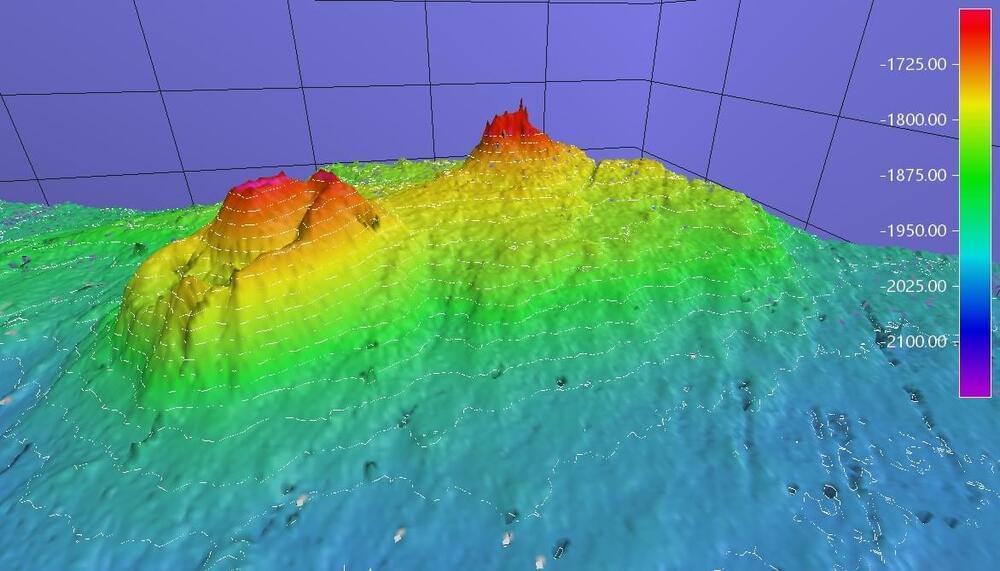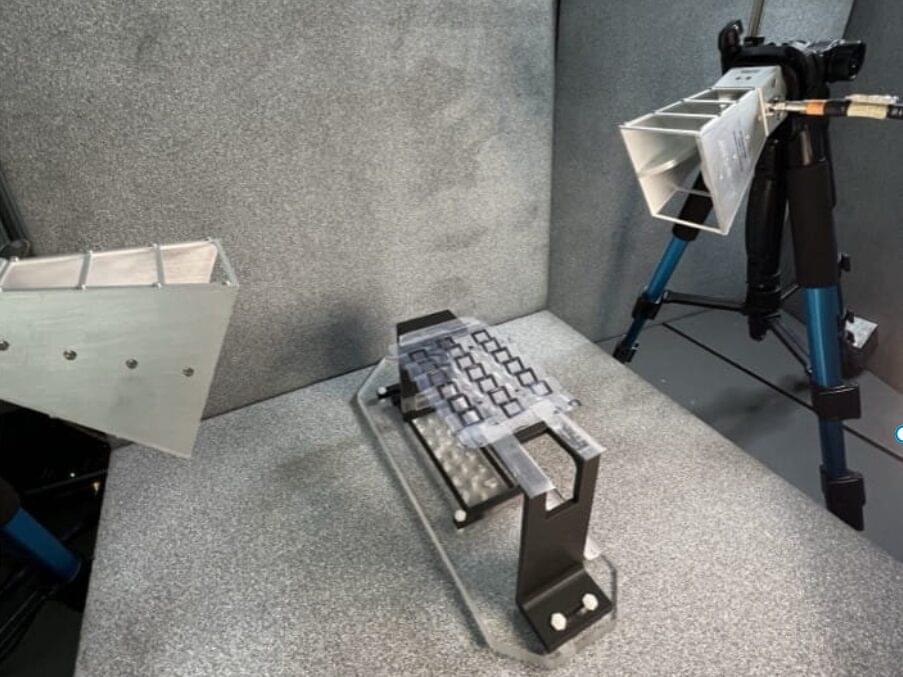Why is human culture—the shared body of knowledge passed down across generations—so much more powerful than animal cultures?



The theory of special relativity is rife with counterintuitive and surprising effects, the most famous of which are length contraction and time dilation. If an object travels at a relative speed, which is a non-negligible fraction of the speed of light, with respect to an observer, the length of the object in the travel direction will appear shorter to the observer than it actually is in the object’s rest frame.





The future of wireless technology—from charging devices to boosting communication signals—relies on the antennas that transmit electromagnetic waves becoming increasingly versatile, durable and easy to manufacture. Researchers at Drexel University and the University of British Columbia believe kirigami, the ancient Japanese art of cutting and folding paper to create intricate three-dimensional designs, could provide a model for manufacturing the next generation of antennas.
Recently published in the journal Nature Communications, research from the Drexel-UBC team showed how kirigami—a variation of origami—can transform a single sheet of acetate coated with conductive MXene ink into a flexible 3D microwave antenna whose transmission frequency can be adjusted simply by pulling or squeezing to slightly shift its shape.
The proof of concept is significant, according to the researchers, because it represents a new way to quickly and cost-effectively manufacture an antenna by simply coating aqueous MXene ink onto a clear elastic polymer substrate material.
Learn More About Anydesk: https://anydesk.com/spacetime Sign Up on Patreon to get access to the Space Time Discord!https://www.patreon.com/pbsspacetimeImagin…
Could you love an AI?
What does love with “digital humans?” look like?
Is this the future of relationships?
In this TechFirst, we chat with Artem Rodichev, CEO of Ex-human and former head of AI at Replika.
We dive into the concept of forming relationships with AI companions and the future of love and friendship in a world integrating advanced artificial intelligence. The discussion covers Rachev’s new startup, issues of loneliness and how digital humans might offer a solution, the intricacies and potential pitfalls of emotional AI interactions, and the evolving technology behind AI companions.
We also chat about some real-life stories, ethical concerns, and the emotional impacts of these digital relationships… including some of the most extremely negative realities.
00:00 Introduction to AI and Relationships.
00:58 The Concept of Digital Humans.
05:05 Addressing Loneliness with AI
07:40 Building AI with Personality.
16:54 Challenges and Ethical Considerations.
17:34 The Emotional Fallout of Removing Replica’s Romantic Features.
18:04 The Deep Connections Users Formed with Replica.
19:39 The Italian Ban and Its Consequences.
23:07 The Impact of AI Upgrades on User Relationships.
24:55 Real-Life Tragedies Linked to AI Companions.
27:45 Safety Measures and Ethical Considerations in AI Development.
31:55 The Future of Human-AI Relationships.
34:53 Concluding Thoughts on AI Companions.
